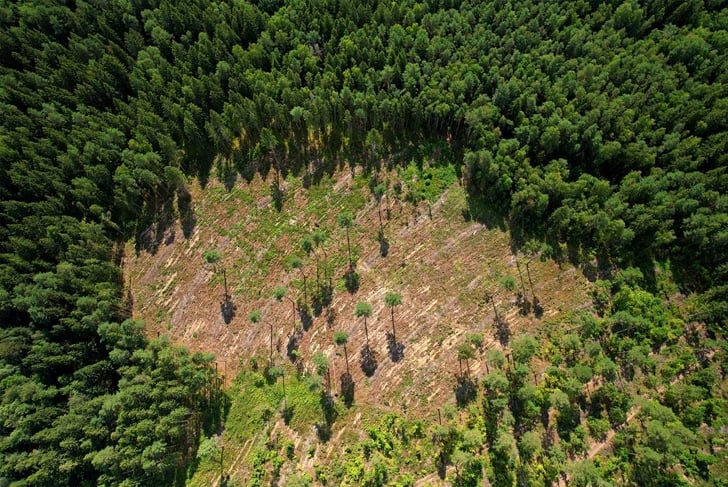Will 2023 Be the Hottest Year on Record?
Many researchers believe temperatures will keep soaring

Grab your sunscreen and some ice-cold water. Following a record-breaking June, many climate experts predict that 2023 is on track to be the hottest year ever. Extreme heat is good news for beachgoers, but it can be bad news for both our health and the environment. Here, we explore several factors that researchers believe may be contributing to the sizzling summer temps.
El Niño and La Niña

El Niño is a type of weather pattern that disrupts normal environmental conditions. This climate event weakens trade winds, which causes warmer ocean water to push to east. El Niño brings warmer, drier temperatures to the northern US and Canada. According to the National Weather Service, the expected El Niño arrived in early June 2023. Researchers believe this weather pattern will be responsible for an increase in global temperatures. While El Niño ramps up, another weather pattern, called La Niña, ended earlier this year. La Niña is an opposing climate event that brings cooler ocean temperatures due to stronger trade winds. La Niña’s exit is expected to bring warmer weather compared to last year.
Greenhouse gas emissions

The release of methane, carbon dioxide, and nitrous oxide has continued to increase. Once these gases enter the earth’s atmosphere, they trap heat, acting like a blanket that covers the planet. The release of these gases is one of the leading factors behind global warming and climate change. According to the US Environmental Protection Agency, “This process, commonly known as the ‘greenhouse effect,’ is natural and necessary to support life. However, the recent buildup of greenhouse gases in the atmosphere from human activities has changed the earth’s climate and resulted in dangerous effects to human health and welfare and to ecosystems.”
Deforestation

Deforestation is another factor contributing to climate change. As a global community, we deforest areas about the size of Portugal annually. Burning felled trees releases carbon dioxide into the earth’s atmosphere, which increases the global temperature. Trees, especially those in dense rainforests, also regulate rainfall. They act as the earth’s air conditioner by helping to convert surface water into atmospheric moisture. Without trees, the earth experiences higher temperatures. Luckily, there are some solutions to climate change. Scientists are improving solar and wind energy, harnessing sustainable agriculture solutions, and preserving biodiversity. There are also many steps you can take to lessen your carbon footprint, such as using public transportation and reducing food waste.
Warming weather patterns

To make more accurate temperature predictions, scientists study climate patterns. The National Centers for Environmental Information (NCEI) tracks weather trends and analyzes temperature data, generating a global temperature outlook. According to the NCEI, their simulation predicts warmer-than-average temperatures based on historical records. For example, since June 2023 was the hottest June on record, climate scientists believe global temperatures will continue to follow that trend.
Rising ocean temperatures

Additionally, researchers at the World Meteorological Organization issued an update that above average sea surface temperatures forecast warmer-than-normal land temperatures this year. Since the trapped heat from gas emissions has nowhere to go, the ocean absorbs it, warming the ocean. Scientists also anticipate that El Niño will bolster higher sea surface temperatures. Even if 2023 doesn’t end up being the hottest year on record, it’s important to stay hydrated in warmer temperatures. In addition to drinking more water and beverages loaded with electrolytes, try to stay out of the sun midday when it’s at its hottest and wear lightweight clothing.





